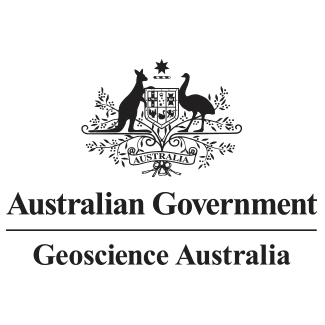Full description
Lineage
Maintenance and Update Frequency: annuallyNotes
PurposeDEA Land Cover provides annual land cover classifications for Australia using the Food and Agriculture Organisation Land Cover Classification System taxonomy Version 2 (Di Gregorio and Jansen, 1998; 2005). DEA Land Cover divides the landscape into six base land cover types, which are then further detailed in sub-classes. Annual Land Cover information can be used in a number of ways to support the monitoring and management of environments in Australia. These include, but are not limited to, environmental monitoring (ecosystem mapping, carbon dynamics, erosion management), agriculture (monitoring crop responses to water availability, understanding drought impact on vegetation), community interests (map urban expansion within Australia, mapping impacts of natural disasters, bushfire recovery).
Created: 05 12 2024
Issued: 03 04 2025
Data time period: 1988-01-01
text: westlimit=112.00; southlimit=-44.00; eastlimit=154.00; northlimit=-9.00; projection=GDA2020 / geographic 2D (EPSG: 7844)
User Contributed Tags
Login to tag this record with meaningful keywords to make it easier to discover
Link to Collection
uri :
https://data.dea.ga.gov.au/?prefix=derivative/ga_ls_landcover_class_cyear_3/![]()
GA Landsat 8 OLI/TIRS Analysis Ready Data Collection 3
local : 132317
Geoscience Australia Landsat 9 OLI TIRS Analysis Ready Data Collection 3
local : 148693
GA Landsat 5 TM Analysis Ready Data Collection 3
local : 130853
GA Landsat 7 ETM+ Analysis Ready Data Collection 3
local : 132310
Geoscience Australia Landsat Water Observation Statistics Collection 3
local : 146091
Geoscience Australia Landsat Fractional Cover Collection 3
local : 145498
Geoscience Australia Mangrove Canopy Cover Collection 3
local : 145497
Geoscience Australia Landsat Tasseled Cap Percentiles Collection 3
local : 149765
DEPRECATED - National Intertidal Digital Elevation Model 25m 1.0.0
local : 123678
Geoscience Australia Landsat Fractional Cover Percentiles Collection 3
local : 145501
- global : 75ca7729-f883-48d2-ad74-7cb60f140a53
- Local : pid.geoscience.gov.au/dataset/ga/149976
- DOI : 10.26186/149976



